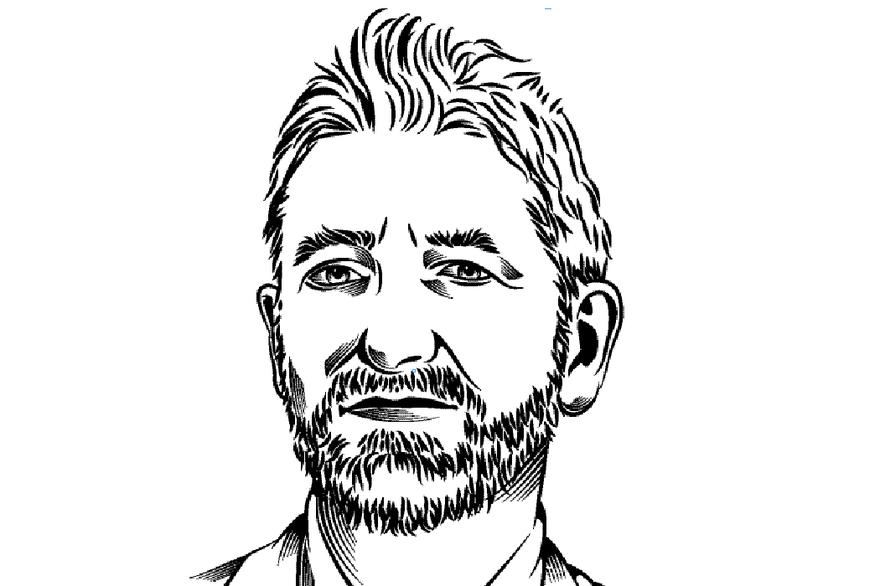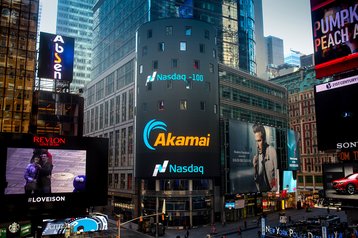Akamai announced plans to eventually use 50 percent renewable energy by 2020 last week. As a content delivery network (CDN) Akamai is one of the Internet’s giants, handling something like 30 percent of Internet traffic. Given that, the question is: why such a low renewable target… and why so late?
The big players have mostly committed to renewables a while back. Apple uses 93 percent renewable energy (and 100 percent in its data centers), Google has a goal of going 100 percent renewable, and has so far achieved 37 percent. Facebook has a goal of being 50 percent renewable by 2018, and its new data centers use 100 percent renewable power. Microsoft has a 100 percent goal, and its US operations are already all-renewable. Amazon has set a goal of 100 percent renewable energy, but without a date.
Offsetting fossil fuels
All this is, of course, achieved using power-purchase agreements, where the giant buys the output of a renewable energy project which balances the energy it actually uses in its data centers.
Akamai is a very different player. As a content delivery network it is a distributed system, which essentially provides a cache on local servers wherever content is wanted. In today’s terminology, it’s an “edge” network. This means that it uses power in a distributed way - 93 percent of its emssions are from its network.
It also doesn’t face consumers the same way as Google and Facebook. The brand is unknown out side the tech industry, so it’s not faced a major Greenpeace campaign, and can’t get the same public relations benefit from a green announcement.
Despite this, Akamai pays electricity bills, and has done a lot of work choosing low-energy equipment. A graph of its energy use shows its equipment handles 20 times more data now than seven years ago, for only a fraction more energy.
But Akamai has a lot less control over where that kit gets placed and how it is powered, than the other players do, with their centralized facilities. Google and Facebook can choose where to build their data centers, putting them where the power and economics is most favourable.
And they can do so, in large part, because CDNs like Akamai are there, making sure the content gets to the users.
Akamai has to use remotely managed servers, and place them in colocation facilities owned by third parties. As Akamai’s director of sustainability, Nicola Peill-Moelter, puts it: ”We don’t own any facilities and already pay the landlords for our electricity. Solar panels on roofs and wind-farm power purchase agreements for our individual facilities are not options for us.”
What Akamai will be doing is in fact a kind of power-purchase agreement, offsetting the power used by its network (or its landlords) by supporting renewable projects. But Akamai has to do this in a more complex way, because it wants to replenish the grid in the countries where it is operating.
Renewable energy projects are harder to find and fund in India and Australia, than they are in California, but that‘s what it plans to do.
So, it has taken Akamai longer to get to the position of making a commitment, it is planning on a smaller renewable quotient than the webscale cloud giants, and it will take longer to get there.
But the effort is massively significant for renewable power in edge networks. And it could also drive the development of green energy, where it is needed most.



